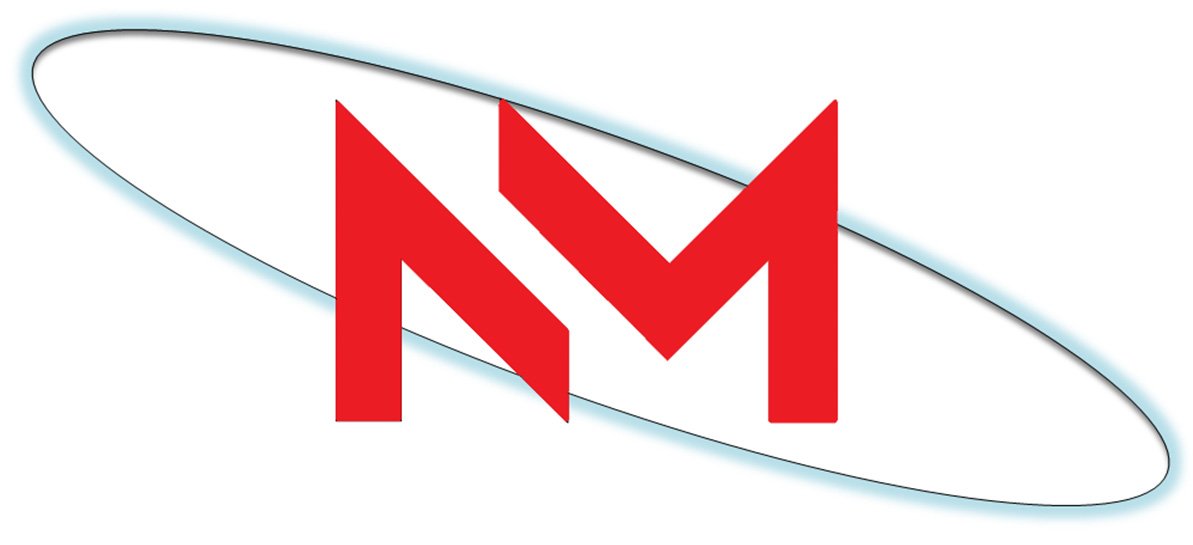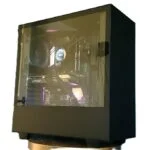Struggling with WordPress login errors can be frustrating and hinder your website management. In this comprehensive guide, you’ll learn how to troubleshoot and resolve common WordPress login issues efficiently. Discover simple yet effective steps to regain access to your WordPress dashboard and ensure smooth website operation. Don’t let login errors disrupt your workflow – follow this guide to fix them with ease.
Key Points
Check Username and Password
- Verify the correctness of your username and password.
- Reset your password if needed to ensure accuracy.
- Common pitfalls include typos and incorrect case sensitivity in passwords.
- Use the ‘Lost your password?’ link or WP-CLI command to reset your password.
- Maintain a password manager for secure storage and easy retrieval.
Clear Browser Cache and Cookies
- Navigate to your browser settings and clear cache and cookies.
- Ensure a clean browsing session without stored login issues.
- Common pitfalls arise from stored login data conflicting with WordPress authentication.
- Use browser extensions like Clear Cache to simplify cache clearing processes.
- Regularly clear cache and cookies to prevent login errors.
Deactivate Plugins and Themes
- Disable all plugins and themes to isolate any conflicting elements.
- Reactivate them one by one to identify the culprit causing the login error.
- Common pitfalls involve incompatible plugins or themes disrupting login functionality.
- Access the WordPress admin panel via FTP if unable to login and deactivate plugins/themes.
- Upgrade plugins and themes to ensure compatibility with the latest WordPress version.
Check File Permissions
- Verify file permissions on your WordPress installation directory.
- Set appropriate permissions (755 for directories, 644 for files) via FTP or cPanel.
- Common pitfalls stem from incorrect file permissions restricting access to login files.
- Utilize file permission management tools like FileZilla for easy permission adjustments.
- Regularly audit file permissions to maintain secure access to login files.
Test WordPress with Default Theme
- Switch to a default WordPress theme like Twenty Twenty-One.
- Ensure compatibility with default themes to rule out theme-related login issues.
- Common pitfalls include custom themes conflicting with WordPress core functionalities.
- Download official WordPress default themes for testing purposes.
- Update themes regularly to align with the latest WordPress updates.
Review .htaccess File
- Access your WordPress root directory and locate the .htaccess file.
- Check for any rogue code or misconfigurations that may be affecting login.
- Common pitfalls arise from incorrect .htaccess rules blocking login processes.
- Backup your .htaccess file before making any modifications for easy restoration.
- Utilize online .htaccess validators to ensure correct syntax and configurations.
Scan for Malware and Security Threats
- Run security scans using reputable antivirus software like Sucuri or Wordfence.
- Check for malware injections or security vulnerabilities compromising login security.
- Common pitfalls include hacked websites leading to login errors and data breaches.
- Implement security measures like two-factor authentication to enhance login security.
- Regularly update security plugins and conduct website audits to prevent security threats.
Debug WordPress Configuration
- Enable WordPress debugging mode to identify underlying login errors.
- Check debug logs for error messages indicating specific issues within WordPress configuration.
- Common pitfalls involve overlooking debug logs that could provide crucial insights for fixing login errors.
- Consult official WordPress debugging resources for detailed troubleshooting guidance.
- Disable debug mode after resolving the login error to prevent unnecessary data exposure.
Contact Hosting Provider Support
- Reach out to your hosting provider’s support team for assistance.
- Describe the login error in detail and provide relevant information for quicker resolution.
- Common pitfalls include server-related issues impacting WordPress login functionality.
- Utilize support ticket systems or live chat for immediate response to login errors.
- Establish a proactive communication channel with your hosting provider for future assistance.
Update WordPress Core
- Ensure your WordPress core installation is up to date.
- Update to the latest WordPress version to resolve known login issues.
- Common pitfalls involve using outdated WordPress versions prone to security vulnerabilities.
- Enable automatic updates or manually check for WordPress core updates regularly.
- Backup your website before updating to prevent data loss during the update process.
Advanced Tips
- Implement security hardening techniques like firewall protection and IP blocking to safeguard login processes.
- Utilize staging environments for testing login fixes before implementing them on live websites.
- Optimize server configurations for improved performance and login efficiency.
- Regularly monitor login logs for suspicious activities and unauthorized access attempts.
Conclusion
By following the outlined steps in this guide, you can effectively troubleshoot and fix WordPress login errors. Remember to stay proactive in maintaining your website’s security and performance to prevent future login issues. Don’t let login errors disrupt your online presence – take control and ensure seamless WordPress login experiences.
Take charge of your WordPress login experience today. Follow these steps to resolve login errors and enhance your website’s security and performance.
Frequently Asked Questions
What should I do if I forget my WordPress password?
You can use the ‘Lost your password?’ link on the WordPress login page to reset your password. Alternatively, you can use WP-CLI commands to reset your password via the command line.
Why is it important to update WordPress core regularly?
Updating WordPress core ensures that your website is equipped with the latest security patches and bug fixes, reducing the risk of login errors and security vulnerabilities.



